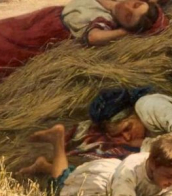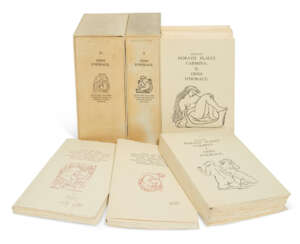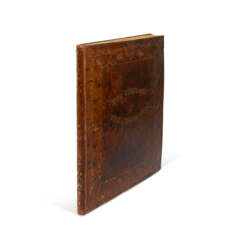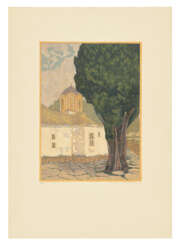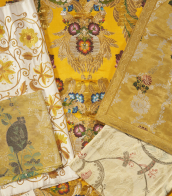книги для художников
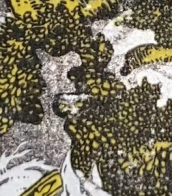
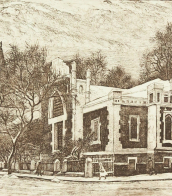

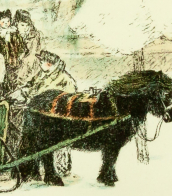
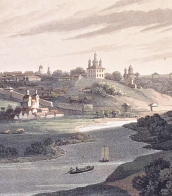
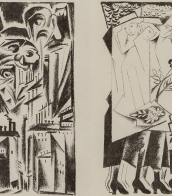

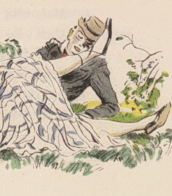


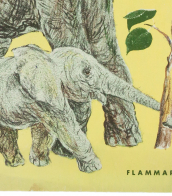


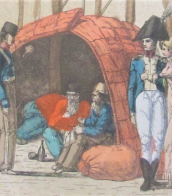
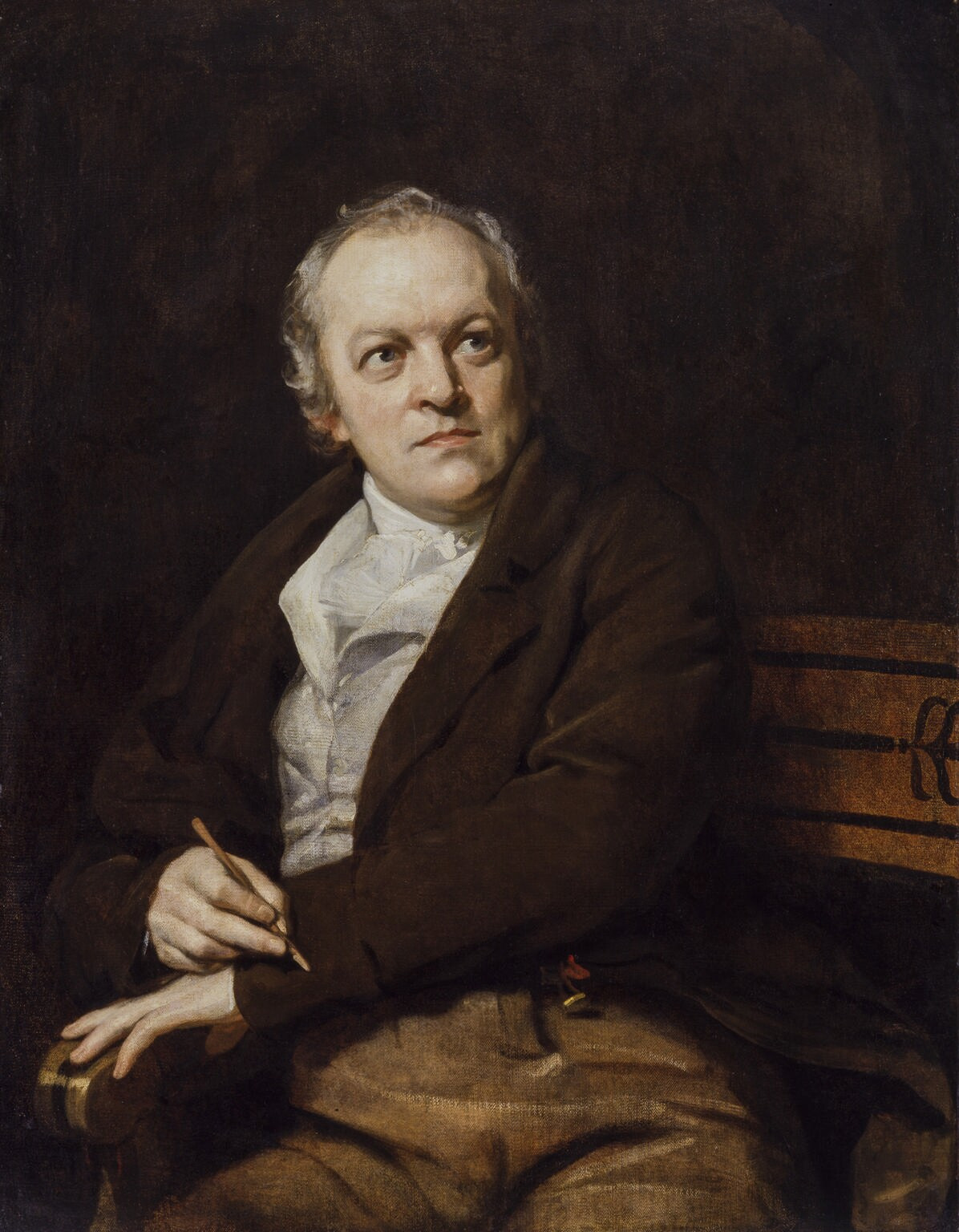
William Blake was an English poet, painter, and printmaker. Largely unrecognised during his life, Blake is now considered a seminal figure in the history of the poetry and visual art of the Romantic Age. What he called his "prophetic works" were said by 20th-century critic Northrop Frye to form "what is in proportion to its merits the least read body of poetry in the English language". His visual artistry led 21st-century critic Jonathan Jones to proclaim him "far and away the greatest artist Britain has ever produced". In 2002, Blake was placed at number 38 in the BBC's poll of the 100 Greatest Britons. While he lived in London his entire life, except for three years spent in Felpham, he produced a diverse and symbolically rich collection of works, which embraced the imagination as "the body of God" or "human existence itself".


Marc Chagall (Russian: Марк Заха́рович Шага́л), born Moishe Shagal in 1887 near Vitebsk, Belarus (then part of the Russian Empire), was a Belarusian and French artist celebrated for his pivotal role in the avant-garde movement and his unique integration of Eastern European Jewish culture into modern art. His contributions spanned several artistic formats including painting, stained glass, stage sets, ceramics, tapestries, and fine art prints. Chagall's early modernist tendencies were enriched by his experiences across Saint Petersburg, Paris, and Berlin before World War I, leading to a distinctive style that melded Cubism, Symbolism, and Fauvism with his Jewish heritage.
Chagall's work is recognized for its emotional depth, often exploring themes of love, memory, and Jewish folklore through vibrant colors and dreamlike imagery. Notably, art critic Robert Hughes described him as "the quintessential Jewish artist of the twentieth century," a sentiment echoed by art historian Michael J. Lewis who regarded Chagall as a significant figure within European modernism and as the world's preeminent Jewish artist of his time.
Among Chagall's famed contributions are his stained-glass windows for the cathedrals of Reims and Metz, the UN, and the Jerusalem Windows in Israel. His monumental paintings include parts of the ceiling of the Paris Opéra and works that explore biblical themes, a hallmark of his oeuvre that underscores his enduring engagement with spiritual and religious motifs.
For art collectors and antiques experts, Chagall's works are notable not only for their artistic innovation but also for their rich cultural and historical significance. His art is housed in many prestigious museums worldwide, including the Marc Chagall National Museum in Nice, France, which focuses on his works inspired by religion and houses the series of paintings illustrating the biblical message.
For those interested in exploring Chagall's legacy and the vibrant intersection of culture, art, and history his work represents, signing up for updates on new product sales and auction events related to Marc Chagall can provide invaluable insights and opportunities. This is an invitation to engage more deeply with the world of art and culture that Chagall so uniquely encapsulated in his work.

![Поленова, Е.Д. Русские народные сказки и прибаутки, пересказанные для детей и иллюстрированные Е.Д. Поленовой: [в 3 вып.].](/assets/image/picture_4214608/28a90/h3b6c6pl8dtoo1qqdoziwomnjfamswmsbskuijonmr6jvme7l0za8ncqag-wftwm1726909505jpg__fix_374_244.jpeg)
![Поленова, Е.Д. Русские народные сказки и прибаутки, пересказанные для детей и иллюстрированные Е.Д. Поленовой: [в 3 вып.].](https://veryimportantlot.com/assets/image/picture_4214608/28a90/h3b6c6pl8dtoo1qqdoziwomnjfamswmsbskuijonmr6jvme7l0za8ncqag-wftwm1726909505jpg__fix_374_244.jpeg)
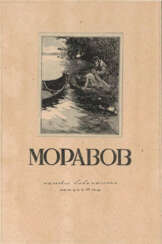

![Галич, А.А. Песни / Александр Галич; [обл. работы художника О. Соханевич].](/assets/image/picture_4215023/cc7ff/xyhzmjujbce6jxyyq4elrvzjpehzlldaazxrac2svsvnvjybzffrcbymr8j0muq1726909507jpg__fix_374_244.jpeg)
![Галич, А.А. Песни / Александр Галич; [обл. работы художника О. Соханевич].](https://veryimportantlot.com/assets/image/picture_4215023/cc7ff/xyhzmjujbce6jxyyq4elrvzjpehzlldaazxrac2svsvnvjybzffrcbymr8j0muq1726909507jpg__fix_374_244.jpeg)
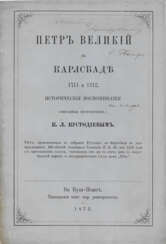

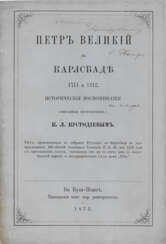



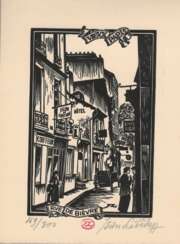

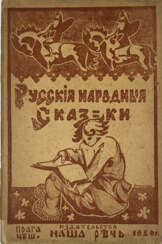

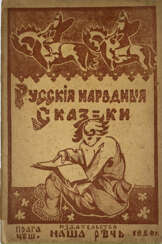

![[Молния. История лошади, кареты и богемцев / Ил. Ф. Рожанковского; пер. Жаклин Андре]. Éclair. Histoire d'un cheval, d'un chien de carrosse et des Bohémiens / Illustrations de F. Rojankovsky; traduit par Jacqueline André.](/assets/image/picture_3071919/9e027/veykim4al1keljzuox4-x-glu2g-yqg1x1vikiw82-lh6wrklk7lpxapqmlfdk1692873750jpg__fix_374_244.jpeg)
![[Молния. История лошади, кареты и богемцев / Ил. Ф. Рожанковского; пер. Жаклин Андре]. Éclair. Histoire d'un cheval, d'un chien de carrosse et des Bohémiens / Illustrations de F. Rojankovsky; traduit par Jacqueline André.](https://veryimportantlot.com/assets/image/picture_3071919/9e027/veykim4al1keljzuox4-x-glu2g-yqg1x1vikiw82-lh6wrklk7lpxapqmlfdk1692873750jpg__fix_374_244.jpeg)
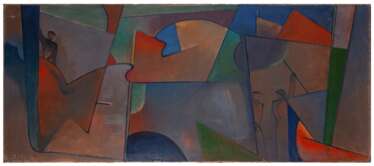

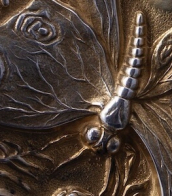
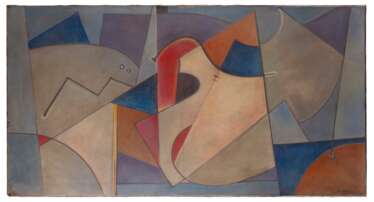

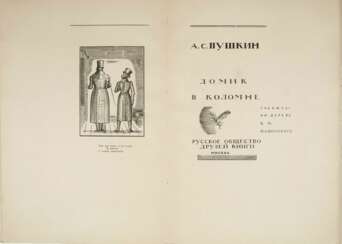

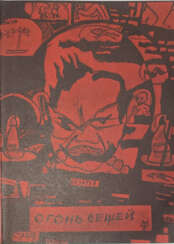

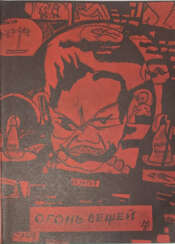

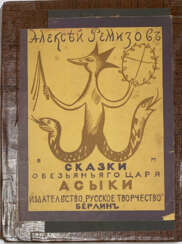

![[Родченко, А]. Фотография. Пионер и пионер-трубач. 1930-е. [Отпечаток 1970-х гг].](/assets/image/picture_1793879/bb8a1/tx5uz7k0eezlxcjmvu68seyjjvf8tyj0esoza1-htavkb0mibiyr5wnt-sw9oe1635932925jpg__fix_374_244.jpeg)
![[Родченко, А]. Фотография. Пионер и пионер-трубач. 1930-е. [Отпечаток 1970-х гг].](https://veryimportantlot.com/assets/image/picture_1793879/bb8a1/tx5uz7k0eezlxcjmvu68seyjjvf8tyj0esoza1-htavkb0mibiyr5wnt-sw9oe1635932925jpg__fix_374_244.jpeg)
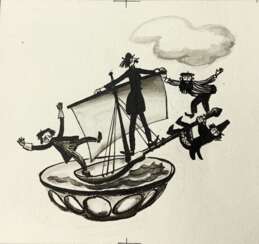




![[В семье / Ил. Ф. Рожанковского]. En famille / Dessins de F. Rojankovsky; Texte de Marguerite Reynier.](/assets/image/picture_1784521/fa151/kgwxcw5o6cdu5zfazzxrbsofx3sxqucww6zlnok87kz99x5grdqczkbpvs5365i1635787994jpg__fix_374_244.jpeg)
![[В семье / Ил. Ф. Рожанковского]. En famille / Dessins de F. Rojankovsky; Texte de Marguerite Reynier.](https://veryimportantlot.com/assets/image/picture_1784521/fa151/kgwxcw5o6cdu5zfazzxrbsofx3sxqucww6zlnok87kz99x5grdqczkbpvs5365i1635787994jpg__fix_374_244.jpeg)
![[Лида. Тюлень Скаф / Ил. Ф. Рожанковского]. Lida. Scaf le Phoque / Texte de Lida; Images de Rojan.](/assets/image/picture_1784522/0de71/vuh8b4oxhra-2htj9scue2auqovn2dy87kphx3u0gg9n8ljrkkecirqm5btcmc1635787994jpg__fix_374_244.jpeg)
![[Лида. Тюлень Скаф / Ил. Ф. Рожанковского]. Lida. Scaf le Phoque / Texte de Lida; Images de Rojan.](https://veryimportantlot.com/assets/image/picture_1784522/0de71/vuh8b4oxhra-2htj9scue2auqovn2dy87kphx3u0gg9n8ljrkkecirqm5btcmc1635787994jpg__fix_374_244.jpeg)
![[Челли, Р. Большие и маленькие / Ил. Ф. Рожанковского]. Celli, R. Les petits et les grands / Rose Celli; Dessins de Rojan.](/assets/image/picture_1784686/5efb7/yoo7zhdkti-s8-o2i0uwoqr5h5hxqjts4r3h068tndsfkasrlqivu1m0m41c-z2m1635853422jpg__fix_374_244.jpeg)
![[Челли, Р. Большие и маленькие / Ил. Ф. Рожанковского]. Celli, R. Les petits et les grands / Rose Celli; Dessins de Rojan.](https://veryimportantlot.com/assets/image/picture_1784686/5efb7/yoo7zhdkti-s8-o2i0uwoqr5h5hxqjts4r3h068tndsfkasrlqivu1m0m41c-z2m1635853422jpg__fix_374_244.jpeg)
![[Молния. История лошади, кареты и богемцев / Ил. Ф. Рожанковского; пер. Жаклин Андре]. Éclair. Histoire d'un cheval, d'un chien de carrosse et des Bohémiens / Illustrations de F. Rojankovsky; traduit par Jacqueline André.](/assets/image/picture_2303367/3637b/papozvwusxfv5n0wvlq9kvxoqdt282gpzwp9dop9u-jcwixskjf0mc7e6elyp8s1659663047jpeg__fix_374_244.jpeg)
![[Молния. История лошади, кареты и богемцев / Ил. Ф. Рожанковского; пер. Жаклин Андре]. Éclair. Histoire d'un cheval, d'un chien de carrosse et des Bohémiens / Illustrations de F. Rojankovsky; traduit par Jacqueline André.](https://veryimportantlot.com/assets/image/picture_2303367/3637b/papozvwusxfv5n0wvlq9kvxoqdt282gpzwp9dop9u-jcwixskjf0mc7e6elyp8s1659663047jpeg__fix_374_244.jpeg)


